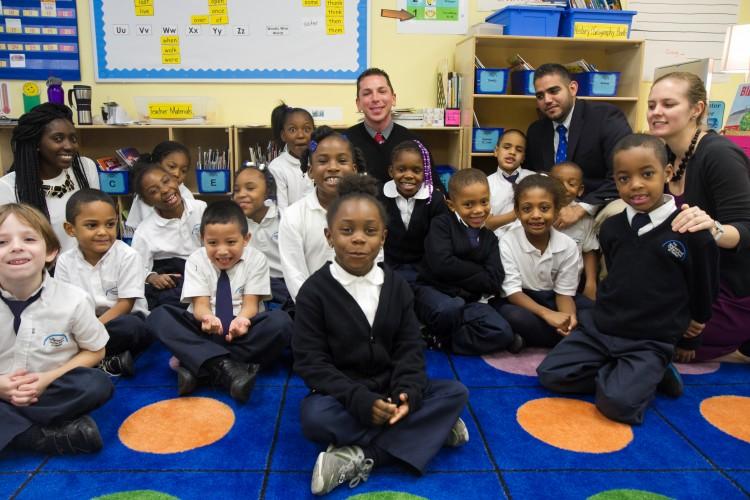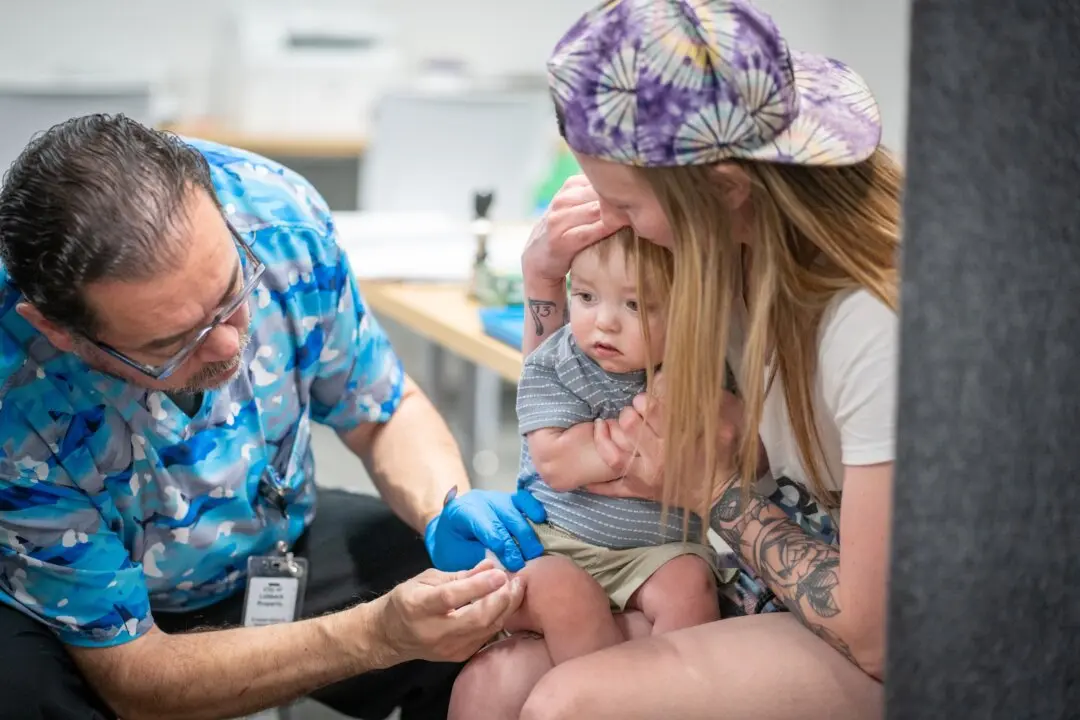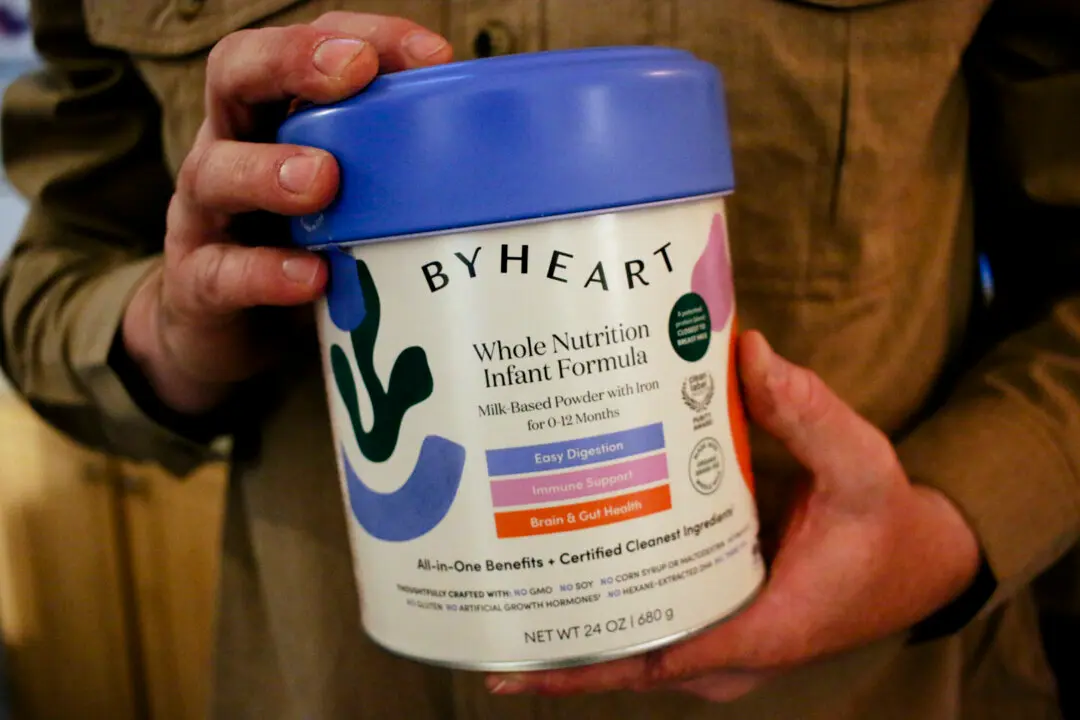NEW YORK—Hands-on learning, a structured environment with daily yoga, and an emphasis on producing good human beings. Welcome to the Neighborhood Charter School of Harlem.
On a recent weekday, a group of first-graders were almost silent while having their post-yoga snack, in a softly lit room, with gentle music flowing.
“This is what calms them, when they take their break with snack and yoga,” said principal Brett Gallini. “So now they’re just relaxing for a few minutes.”







